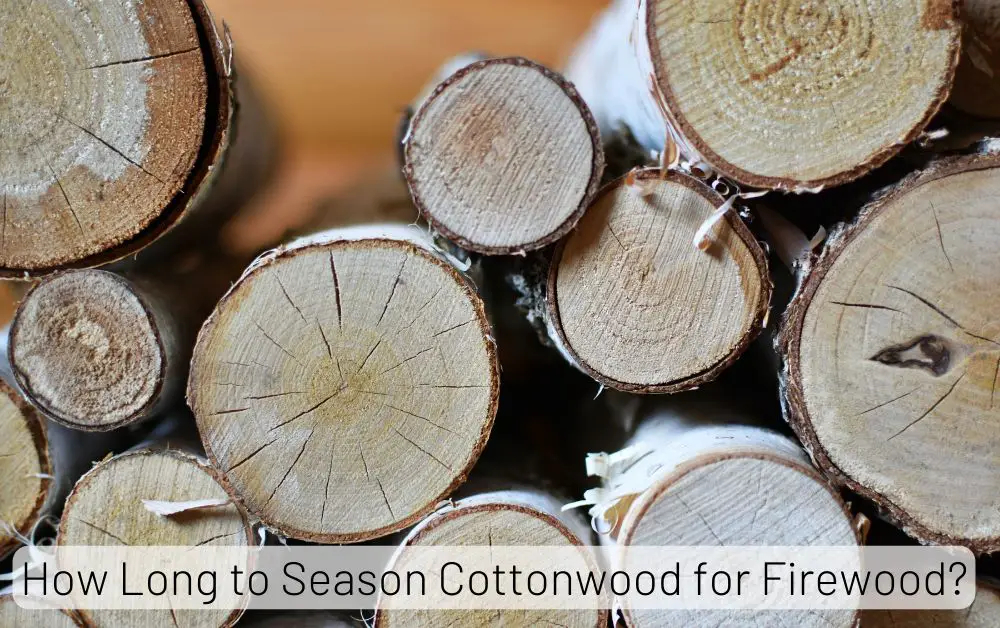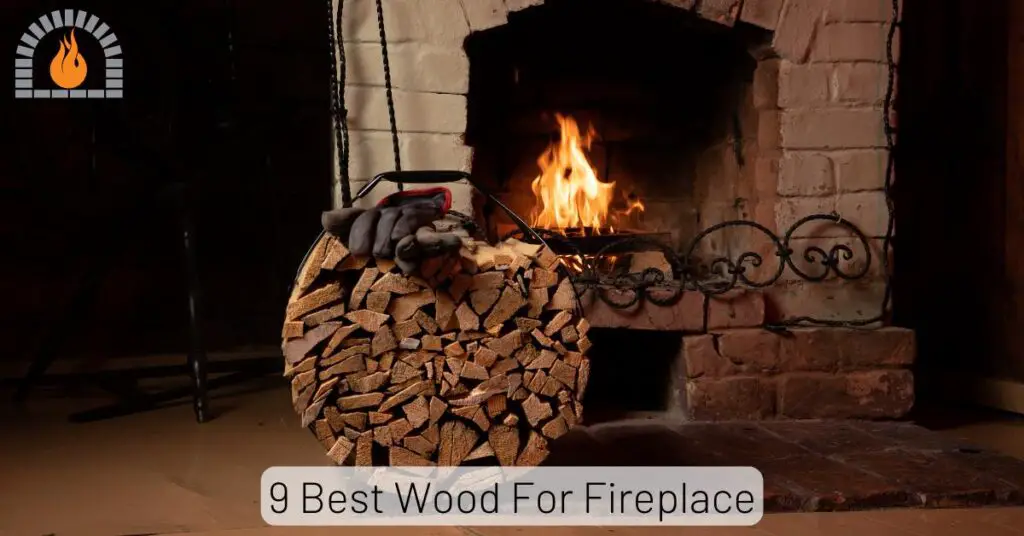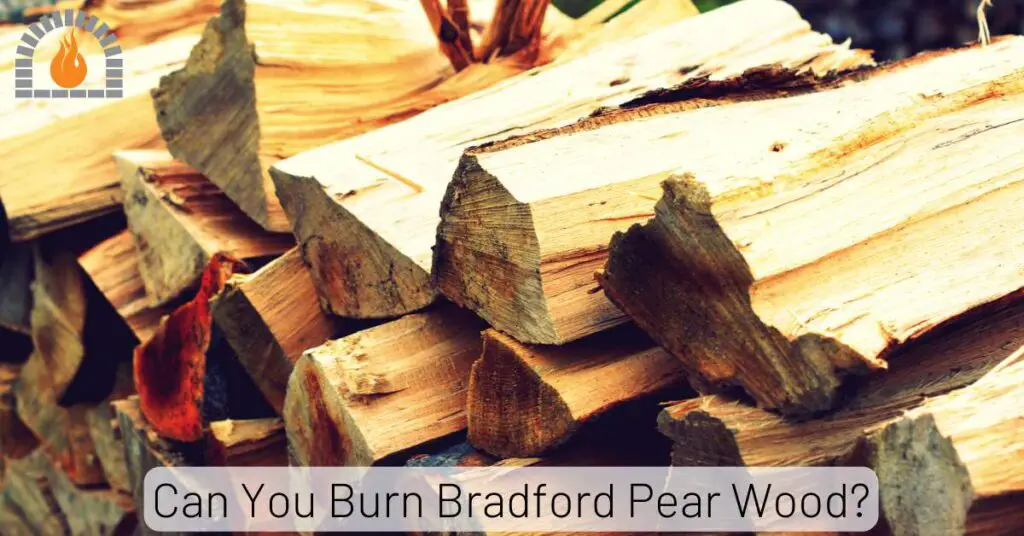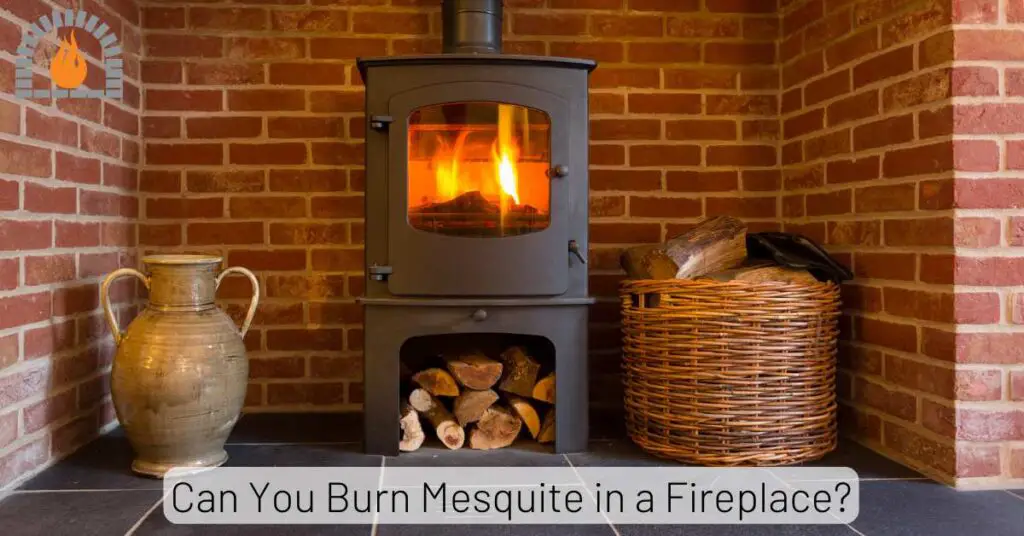Looking to heat your home without breaking the bank? Learning how to collect free firewood logs can save you hundreds of dollars annually while providing sustainable, renewable fuel for your fireplace or wood stove.
Whether you’re a seasoned homesteader or simply looking to reduce your heating costs, this comprehensive guide will walk you through the top sources for free firewood, proper collection techniques, safety considerations, and how to season and store your wood for optimal burning efficiency.
Key Takeaways
- Free firewood can be legally obtained from multiple sources including storm debris, tree removal services, and construction sites
- Always obtain permission and verify local regulations before collecting firewood from any location
- Proper seasoning of firewood (6-12 months) is essential for efficient burning and reducing creosote buildup
- Safety equipment and proper tools are necessary when collecting and processing firewood
- Storing firewood correctly protects it from moisture and pest infestations
Legal and Safety Considerations Before Collecting Free Firewood Logs
Before you begin your search for free firewood, it’s essential to understand the legal and safety considerations involved. Trespassing or removing wood from protected areas can result in fines or legal consequences, while improper handling can lead to serious injuries.
Understanding Local Regulations
Different regions have varying regulations regarding firewood collection. Some areas require permits, while others prohibit collection entirely in certain zones. Always check with your local forestry department or municipal office before collecting wood from any public land.
Safety Equipment and Precautions
Proper safety equipment is non-negotiable when collecting and processing firewood:
- Heavy-duty gloves
- Safety glasses or goggles
- Steel-toed boots
- Hearing protection (when using power tools)
- First aid kit
- Proper clothing (long sleeves, pants)
Identifying Safe and Suitable Wood
Not all wood is suitable for burning. Some woods produce toxic fumes when burned, while others may be treated with chemicals that release harmful substances. Always avoid:
- Painted or stained wood
- Pressure-treated lumber
- Wood from poisonous trees (oleander, poison ivy vines)
- Moldy or rotten wood
- Driftwood (releases harmful chemicals when burned)
Top 5 Sources for Free Firewood Logs
Now that we’ve covered the basics, let’s explore the top sources for finding free firewood logs. These sources have been verified by experienced wood collectors and provide consistent opportunities throughout the year.
1. Storm Damage Cleanup Areas
After storms, communities often have an abundance of fallen branches and trees. Many municipalities create designated areas where residents can drop off storm debris, and these locations are often open for people to collect wood.
How to approach:
- Monitor local weather reports and community bulletin boards
- Contact your local public works department about storm debris collection sites
- Always verify that collecting is permitted before taking wood
Best practices:
- Focus on recently fallen wood for better quality
- Avoid wood from roadsides that may have been treated with de-icing chemicals
- Be prepared to process the wood on-site as much as possible
2. Tree Removal Services and Arborists
Professional tree services often need to dispose of wood after completing jobs and may be willing to give it away rather than pay disposal fees.
How to approach:
- Contact local tree service companies and ask to be added to their “free wood list”
- Build relationships with arborists in your area
- Consider offering a small fee for delivery if they can’t provide it for free
Best practices:
- Be flexible about timing—when they have a job, they often need the wood gone quickly
- Have appropriate transportation ready
- Sort through the wood quickly as they typically don’t have time to wait
3. Construction and Development Sites
New construction projects often clear land of trees, generating large amounts of wood that might otherwise be chipped or hauled away.
How to approach:
- Speak directly with the site supervisor or project manager
- Ask permission before entering any construction site
- Offer to help with cleanup in exchange for wood
Best practices:
- Only collect during daylight hours
- Wear appropriate safety gear (hard hat, vest) if required
- Avoid areas with active machinery operations
4. Online Marketplaces and Community Groups
Websites like Craigslist, Facebook Marketplace, and Freecycle often have listings for free firewood from people who have trees removed or simply want to clear their property.
How to approach:
- Check listings daily and respond quickly
- Set up alerts for “free firewood” in your area
- Join local community groups focused on sustainable living or homesteading
Best practices:
- Be polite and respectful when responding to listings
- Arrive on time when arranging pickups
- Bring help if the wood requires heavy lifting
5. Friends, Family, and Neighbors
Your personal network can be one of the most reliable sources for free firewood. Many people have trees they need removed but don’t use wood themselves.
How to approach:
- Let people know you’re looking for free firewood
- Offer to help with tree removal or cleanup in exchange for the wood
- Check with neighbors who have wooded properties
Best practices:
- Maintain good relationships by being reliable and respectful
- Return the favor when possible
- Leave the area cleaner than you found it
How Much Free Firewood Saves in Your Budget
For many families, heating costs represent a significant portion of winter expenses. By supplementing or replacing traditional heating methods with free firewood, households can realize substantial savings:
| Heating Method | Average Annual Cost | Savings with Free Firewood |
|---|---|---|
| Natural Gas | $600-1,200 | 30-60% |
| Electricity | $900-2,000 | 40-70% |
| Propane | $1,500-2,500 | 50-80% |
| Heating Oil | $1,800-3,000 | 60-85% |
Tools and Equipment for Firewood Collection
Having the right tools makes collecting and processing firewood safer and more efficient. Here’s what you’ll need to get started:
Essential Hand Tools
- Chainsaw: The most efficient tool for cutting logs to length. A 16-18 inch bar is suitable for most firewood tasks.
- Axe or maul: For splitting logs into smaller pieces.
- Wedges: Helpful for splitting difficult pieces of wood.
- Wheelbarrow or garden cart: For transporting wood over short distances.
- Tarp or drop cloth: To keep your vehicle clean when transporting wood.
Optional Power Equipment
- Log splitter: If you’re processing large amounts of wood, a splitter can save significant time and effort.
- Wood chipper: For processing smaller branches that can be used as mulch.
- Tractor or ATV with trailer: For moving large quantities of wood over longer distances.
Safety Gear
| Equipment | Purpose | Recommended Type |
|---|---|---|
| Gloves | Hand protection | Heavy-duty leather |
| Eye Protection | Prevent eye injuries | Safety glasses or goggles |
| Hearing Protection | Prevent hearing damage | Ear muffs (for chainsaw use) |
| Footwear | Protect feet | Steel-toed boots |
| Leg Protection | Prevent chainsaw injuries | Chainsaw chaps |
| Head Protection | Prevent head injuries | Hard hat (in wooded areas) |
Storing Your Firewood Collection
Proper storage protects your firewood investment and ensures it remains dry and ready to burn. Poor storage can lead to mold, rot, and pest infestations that ruin your carefully collected wood.
Ideal Storage Conditions
- Location: Sunny, breezy area with good drainage
- Foundation: Raised off the ground on pallets or rails
- Covering: Top covered but sides exposed to air circulation
- Orientation: Stack parallel to prevailing winds for better airflow
Building a Simple Firewood Storage Structure
You don’t need an expensive shed to properly store firewood. A simple structure can be built with minimal materials:
- Base: Create a foundation using concrete blocks or pressure-treated lumber
- Posts: Install 4×4 posts at corners and every 8 feet for longer stacks
- Cover: Add a sloped roof with overhangs to protect from rain
- Sides: Leave open or add partial walls for protection from driving rain
Stacking Methods for Optimal Drying
Different stacking methods can affect drying time and stability:
- Traditional stack: Neat rows with ends stabilized by towers
- Holzhausen method: Circular stack with wood radiating from center
- End-pillar stack: Uses built-in pillars at ends for stability
- Criss-cross stack: Alternating direction of layers for maximum airflow
Common Mistakes to Avoid When Collecting Free Firewood
Even experienced wood collectors can fall into bad habits. Here are common mistakes that can reduce the quality of your firewood or create safety hazards:
Mistake 1: Collecting Without Permission
Taking wood without explicit permission is trespassing and theft. Always verify ownership and obtain permission before collecting from any property.
Mistake 2: Burning Unseasoned Wood
Burning green wood creates excessive smoke, leads to creosote buildup in chimneys (a fire hazard), and produces significantly less heat.
Mistake 3: Improper Storage
Storing wood directly on the ground or covering it completely with tarps traps moisture and slows drying. This can lead to mold growth and rotten wood.
Mistake 4: Ignoring Safety Precautions
Failing to use proper safety equipment or techniques when collecting and processing firewood can result in serious injuries. Chainsaw accidents alone cause thousands of injuries annually.
Mistake 5: Transporting Invasive Species
Moving firewood long distances can spread invasive pests like the emerald ash borer. Many regions have restrictions on transporting firewood across county or state lines.
FAQs
What types of trees make the best firewood?
Hardwoods generally make the best firewood due to their density and longer burn times. Oak, maple, hickory, ash, and birch are excellent choices. Softwoods like pine burn faster and create more creosote but are useful for kindling or shorter fires.
How much firewood do I need for winter?
The average household using wood as a primary heat source needs 3-5 cords per winter. A cord is a stack of wood 4 feet high, 4 feet deep, and 8 feet long (128 cubic feet). If using wood as a supplemental heat source, 1-2 cords may suffice.
Is it legal to collect fallen wood from state forests?
Regulations vary by state and forest. Some allow collection of fallen wood with a permit, while others prohibit it entirely. Always check with your local forest service office before collecting from any public land.
How can I tell if wood has been treated with chemicals?
Treated wood often has a greenish tint, incision marks, or a chemical smell. Avoid any wood from construction sites unless you can verify it’s untreated natural wood. When in doubt, don’t burn it.
Final Thoughts:
Collecting free firewood logs is more than just a way to save money—it’s a sustainable practice that connects you with your local environment and community. By following the guidelines outlined in this comprehensive guide, you can build a reliable supply of quality firewood while respecting property rights, safety protocols, and environmental considerations.
Remember that the key to successful firewood collection is planning ahead. The wood you collect this year will ideally season for next year’s heating season. By establishing multiple sources and maintaining good relationships with tree services, neighbors, and community members, you can create a sustainable cycle of free firewood that keeps your home warm for years to come.
As you embark on your firewood collection journey, always prioritize safety, legality, and proper seasoning techniques. The extra effort you put into collecting, processing, and storing your firewood will pay off in efficient, clean-burning fires that provide comfort and warmth throughout the cold winter months.
Affiliate Disclosure: Fireplaceadviser.com is a participant in the Amazon Services LLC Associates Program. We may earn a commission when you click on certain links on this site and purchase.

Hello!! I am Jamal Khan. I often fix my home electric heaters and gas stove problems and research the common issues in the heating units to improve my knowledge and expertise. The aim of establishing fireplaceadviser.com is to share my expertise and knowledge with my audience.


















